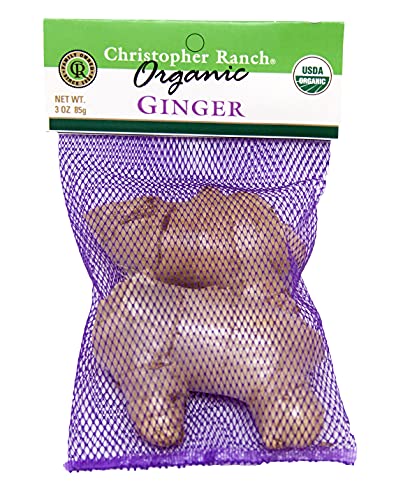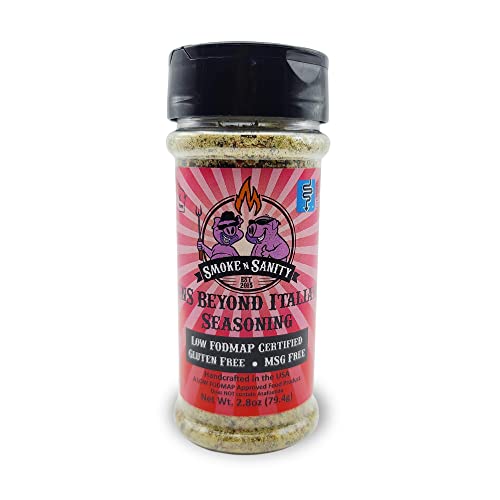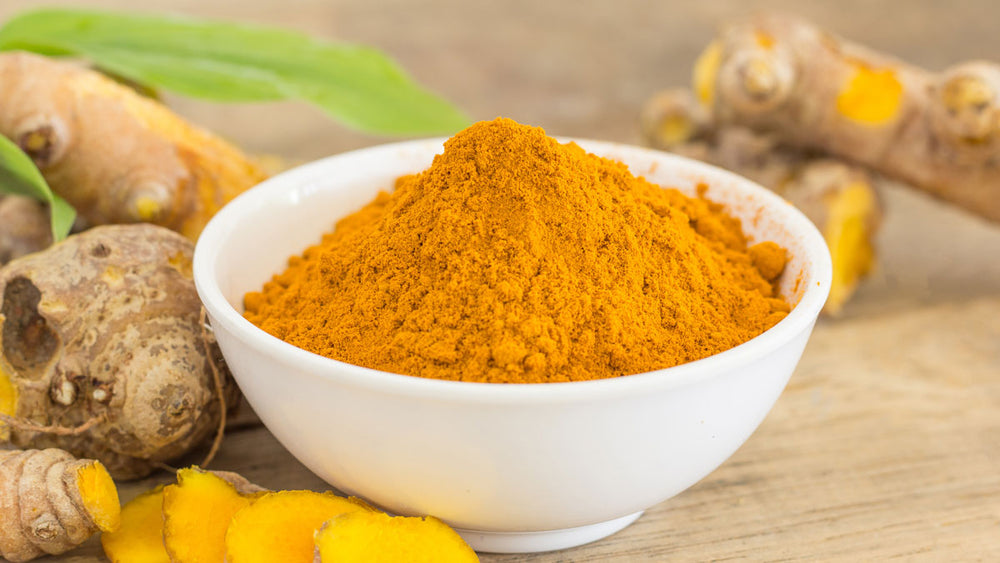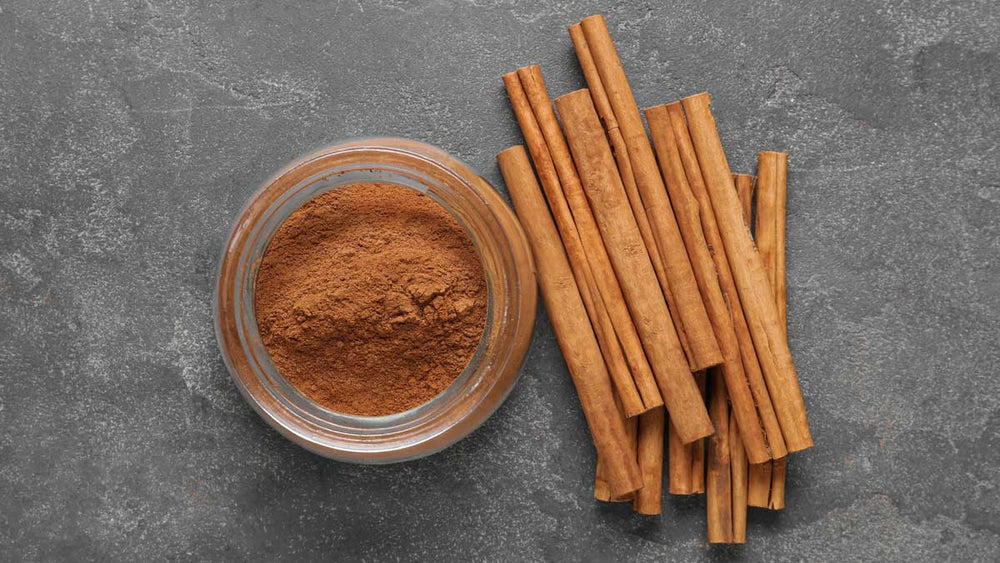Flavor and Function: Exploring the Link Between Spices and Gut Bacteria
We’re finally leaving spring and entering summertime. Flowers are blooming, the grass is growing, and a gentle breeze is in the air, carrying the tantalizing smell of turmeric?
Today, we’re spicing things up by exploring the connection between the spices you eat and the microbiome in your belly.
How Bacteria Keep You Healthy
But wait, what is your gut microbiome?
Let’s think back to biology class. A biome is “an area classified by the species that inhabit it.” Therefore, your gut biome comprises all the living creatures inside your stomach and intestines, specifically, the collection of bacteria, archaea, and eukarya that line the GI tract. Your gut microbiome does many essential jobs, like helping with digestion, making enzymes, building proteins, and keeping your body balanced and healthy. (Here’s a fun fact: did you know that the gut and human host microbes are referred to as a superorganism?)
How do bacteria keep me healthy?
Usually, when we think about bacteria, we think about those nasty little green blobs that live on our hands and can be removed with our Bath and Body Works hand sanitizers. You would be correct if you’re thinking of these, but those are bad bacterial cells. We’re talking about the good ones (Bacteroides, Firmicutes, Actinobacteria, Proteobacteria, and Verrucomicrobia). These fellows happily colonize your digestive tract, proudly defending you against diseases. As fierce as these little soldiers may be, they often need help to bolster their defenses. That’s where prebiotics and probiotics come in!
Prebiotics are substances that come from the foods containing carbohydrates and fiber you eat daily. Usually, humans cannot digest these, but the bacteria in your GI tract love them! They break down the prebiotics to assist in creating a barrier against disease. Probiotics are live bacteria found in supplements, and…you guessed it! Food! Together, probiotics and prebiotics become the reinforcements for the bacteria that live in your intestines.
Pantry Powerhouses: Affordable Spices for a Happy Gut:
Now, you may wonder which spices can help me grow my gut microbiome. While there are several spices you could pick, we will highlight four of them: turmeric, cinnamon, ginger, and oregano. These can be found at your local grocery store and on Foodguides.com. (You’ll find they are surprisingly affordable!)
Turmeric is a distinctive yellow powder often used in Indian cuisine. Fair warning: it will stain your hands and nails! Turmeric contains a polyphenol called curcumin, which is an antioxidant and anti-inflammatory agent when consumed. It may even assist with regulating immune cells and promoting tissue regrowth (which is currently being investigated by scientists in China).
Cinnamon is a brown spice found in sticks or ground powder. Most people love adding cinnamon to cookies, cakes, and breads. It is also suitable for promoting the growth of digestive enzymes, which help prevent those unsatisfactory feelings of bloating and inflammation after eating.
Ginger is classified as a bioactive compound. It mainly comes in the form of ginger root, but it can also be found in powder form. Ginger also has anti-inflammatory properties (similar to cinnamon). A study in 2016 concluded that ginger can alleviate nausea, vomiting, and motion sickness.
Finally, we have oregano, which is often found in Italian-inspired dishes. Oregano contains thymol and carvacrol, which work together to ease inflammation in the GI tract.
Beyond the Basics: Creative Culinary Strategies for Spice Integration
Not only are these spices great for your gut, but they are also very easy to incorporate into your recipes! Cinnamon is an excellent addition to your morning oatmeal. A dash of turmeric in your roasted vegetables is a spicy addition to a delicious dinner. Oregano is an excellent topping for pasta and pizza. Ginger root makes a satisfying tea to end those long work days.
There are thousands of tasty options for you to explore! We love these:
Flavorful Function: Reap the Long-Term Benefits of a Spice-Rich Diet:
By adding spices such as turmeric, cinnamon, ginger, and oregano to your diet, you are not only eating a delicious meal but also promoting the growth of healthy bacteria within your body! For those with GERD and IBS (like many of our readers here at Foodguides), they can also serve as an anti-inflammatory substance, which may help prevent heartburn and other digestive discomforts. The next time you make dinner, toss in some turmeric, cast some cinnamon, gravitate towards ginger, and order some oregano for your dishes and see how these spices enhance your gut microbiome!
How will you use spices in your dishes? Leave us a comment and tag us on Instagram, Facebook, X, and all our social media accounts. We’d love to hear from you!
- Holmes, A and Rosewarne, C. (2024). Gut bacteria: The inside story, Australian Academy of Science.
- National Geographic. (2024). Biomes, Education,
- Lete, I., & Allué, J. (2016). The Effectiveness of Ginger in the Prevention of Nausea and Vomiting during Pregnancy and Chemotherapy. Integrative medicine insights, 11, 11–17.
- Thursby, E., & Juge, N. (2017). Introduction to the human gut microbiota. The Biochemical journal, 474(11), 1823–1836.






















Comments
Join The Conversation...